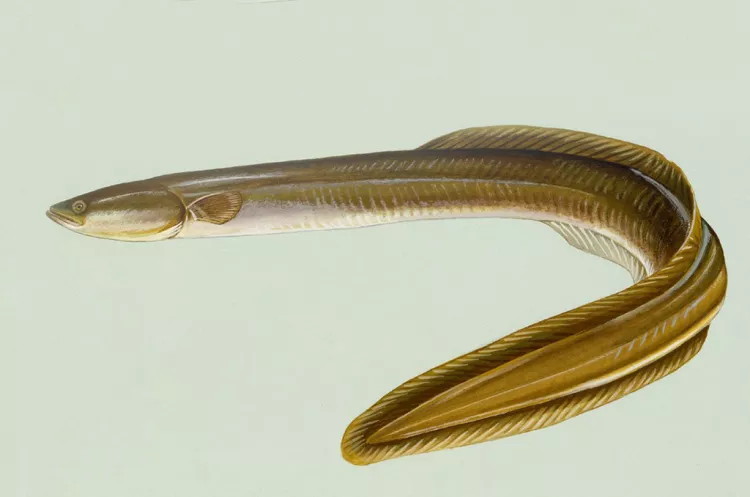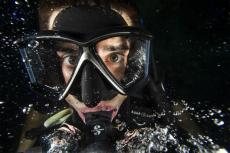Canadian eel tracked to Sargasso Sea
First confirmed evidence of eels migrating to tropical nursery
For the first time, Canadian researchers have tracked an adult female eel from Nova Scotia to the northern edge of the Sargasso Sea with a satellite tracker, a 45-day journey of 2,400 kilometres. For a century, scientists have been baffled as to how baby eels appear in the Sargasso Sea near Bermuda when adults have only been found in faraway places like Canada's St. Lawrence River.
The "nursery" for both American and European species was discovered in the Sargasso Sea in 1904. Every March and April, transparent, leaf-like baby eels appear, becoming less transparent and more eel-like as they gradually drift northwards. However, no adult eels have ever been found in the Sargasso Sea or anywhere in the ocean en route.
"It's a fascinating question – you've got a bunch of fish at Point A and you've got a bunch of young fish at Point B and you have absolutely no idea what happens between Point A and Point B," said Julian Dodson, a University of Laval researcher who co-authored the paper published in Nature Communications. "It's one of the big biological mysteries of our times."
Researchers have wanted to utilize satellite tracking to follow migrations, but trackers are typically fitted as collars on larger animals like bears. Eels grow to only three kilograms and 1.2 metres long, with no necks, wrists or ankles to fit collars on. Technology has finally reduced satellite trackers down to 40 grams, a size a large eel could carry.
Satellite tagged
Over a three-year period, the team satellite tagged 38 eels. During initial release attempts in the Gulf of St. Lawrence, eels and their $4,000 satellite tags all got eaten by sharks. Eventually, researchers caught eels in the St. Lawrence and trucked them around the predators to Nova Scotia for release. Results suggested eels spend little time in shallow waters before disappearing into the open ocean.
Dodson’s team has just tagged and released another 14 fish and hope to reproduce their result, as the sample size, often referred to as "n," is too small to draw any firm conclusions. “It’s a great observation," he said. "But it's still n equals one."
Adult eels can spend up to 20 years in freshwater before migrating back to the ocean to breed. In Canada, populations have plummeted over the past 20 years due to fishing and hydroelectric dams. If typical migration paths used by Canadian eels can be confirmed, it may help scientists determine measures to conserve the endangered fish.
- Log in to post comments

























